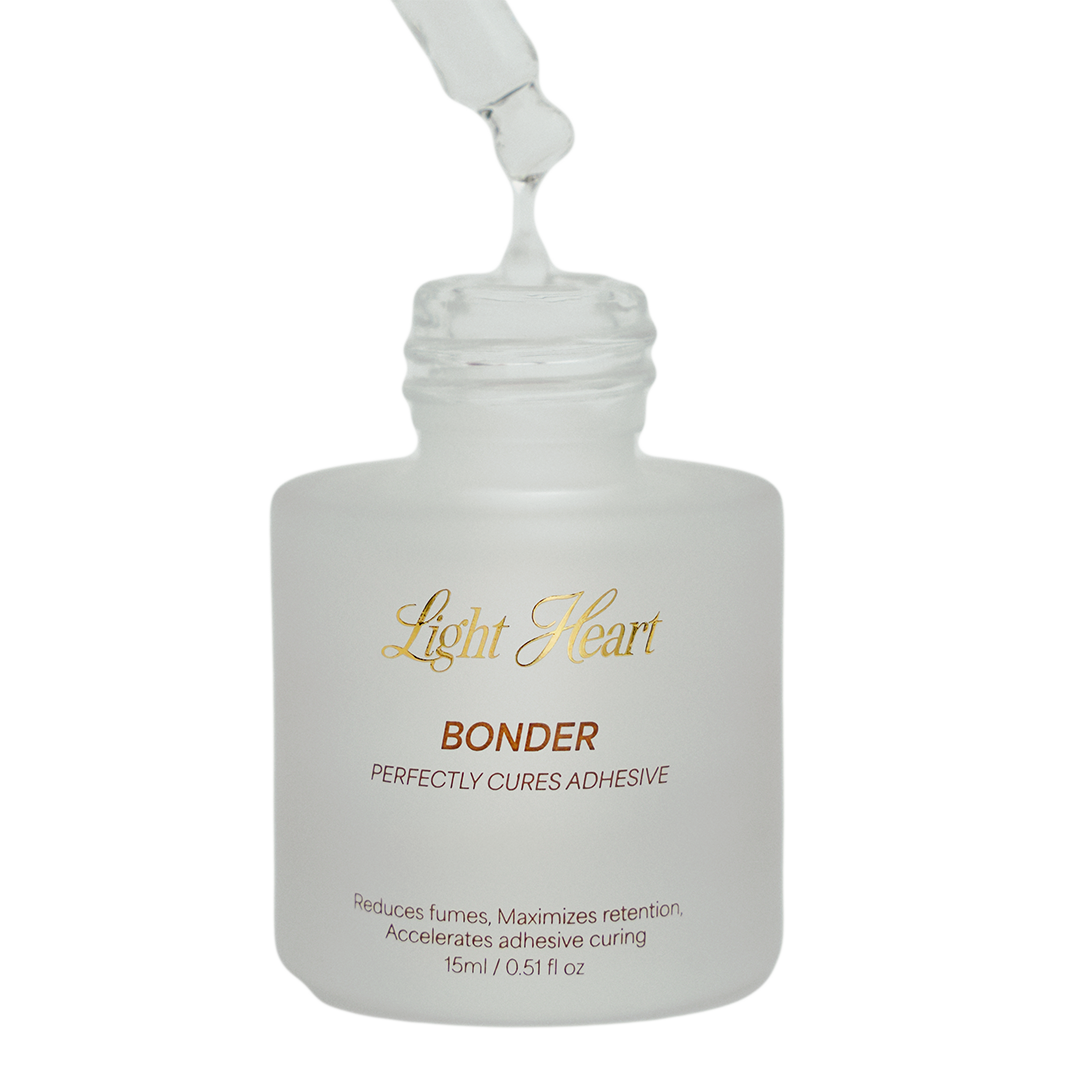First and foremost, you are not a terrible lash artist. Lash retention is one of the #1 issues artists struggle with throughout their career. In this segment we will break down the 5 main causes you may or may not know are causing poor retention. After absorbing this information not only are you going to feel like a retention expert but your clients will definitely notice, too!
There are 5 main components that make up the best lash retention
Number 1: Temperature
The temperature of your workplace plays a huge role in the performance of your adhesive. If the temperature is too warm, this can cause your adhesive to “spoil”. Warmer temperatures can cause the ingredients in your adhesive to break down, sometimes appearing “tacky”. Too cool of an environment can cause your adhesive to not adhere to the natural lash properly, the extension will quite literally slide off. Most adhesive distributors will include its features on the packaging of the product, usually advising that particular adhesive’s required temperature for its best performance.
Number 2: Humidity
Fun fact, humidity determines how quickly your adhesive cures, some know this as “dry time”. Again, typically appearing on the adhesives packaging, it will have its recommended humidity range for best performance. The higher the humidity, the quicker the dry time. Not enough humidity will delay your adhesive from adhering to the natural lash. Make sure you are choosing an adhesive that best suits the humidity in your lash workspace.You can gauge your environment's humidity with a Hygrometer, click here to purchase one on Amazon. You can also add humidity to your environment with a humidifier.
Number 3: Recognizing Faulty Adhesive
Recognizing when your adhesive has gone “bad” can easily be identified if you know what you’re looking for. Luckily, these identifiers are all visual such as when your adhesive starts to separate its colors. Your adhesive will appear cloudy in color or you will visibly see the carbon black separating from the remaining ingredients in the adhesive (typically methyl, ethyl, or ethoxyethyl cyanoacrylate). Another identifier will be your adhesive's consistency, if it appears to be “tacky” or “stringy” this means the ingredients in your adhesive have broken down and are no longer performing appropriately and or has not been stored properly (be sure the nozzle of your bottle is always squeaky clean, lid is on tight, and is stored in a dark cool place) . A normal shelf-life for most adhesive is 4-6 weeks.
Number 4: Natural Lash Prepping
Prepping the natural lashes for extension application is a huge one! You can find more information on primers here (***) but for now I will give you the basics. Clean lashes are essential for maximum lash retention. Have your client wash their lashes prior to their appointment or, if you’re like me, wash your clients lashes prior to any application whether it be a fill or full set. There are oils/debris on the surface of our clients' lashes that we can’t see unless putting them under a microscope; we eliminate those issues by giving a quick lash bath. ALWAYS PRIME, identify your clients lash type (link lash type) and choose a proper primer to pair, we must balance the lashes natural Ph in order for our adhesive to bond seamlessly.
Number 5: Lash Attachment Zone and Wrapping
The lash attachment zone is essential in achieving the best possible lash retention. The portion of the extension you are dipping into the adhesive and adhering to the natural lash is your attachment zone. This zone should be at least ⅔ the length of the extension, the longer the extension is the larger the zone. Now that you have gauged the proper attachment zone you want to be able to wrap this fan. Wrapping occurs when the extension is basically “hugging” the natural lash. The best way to wrap a fan is by applying a little bit of pressure and a slight “wiggle” when pressing the extension up against the natural lash. You will know you have successfully wrapped a fan by giving the fan a little nudge with your tweezer, the fan will stay as placed.
Conclusion
The things that are in your control to fix bad are retention are:
- Make sure you are working in an environment with proper temperature
- Adjust your environment to fit the required humidity requirements
- Ensure your glue is fresh and applicable
- Prep the natural lashes correctly
- Have an adequate amount of the extension attached properly to the natural lash`

